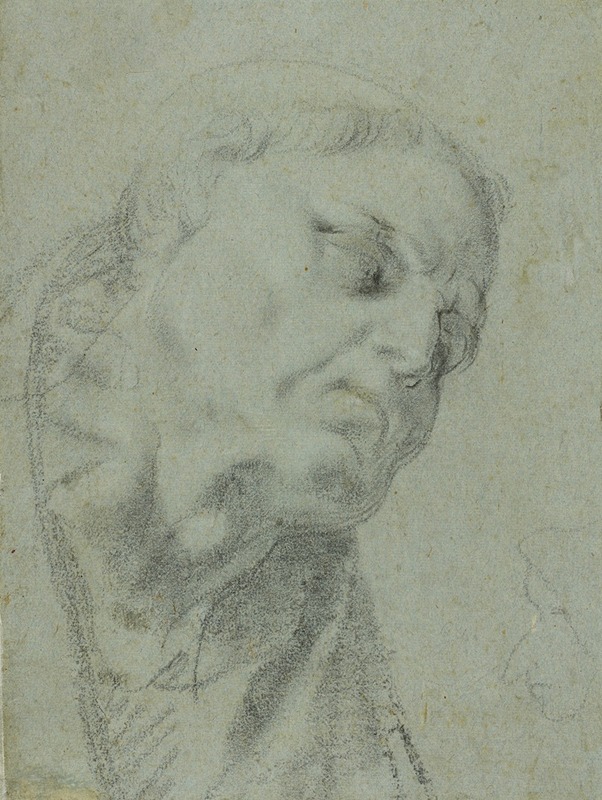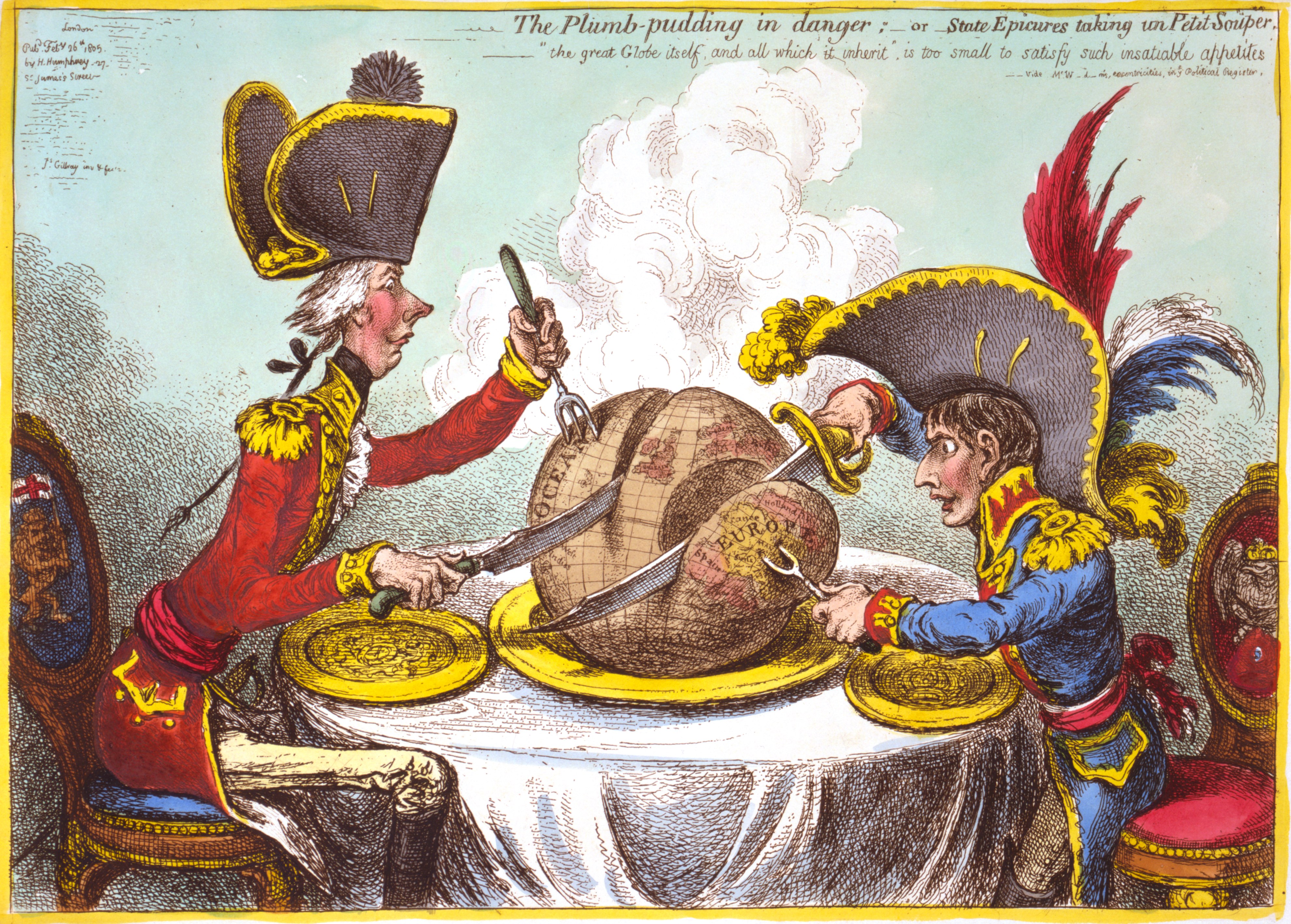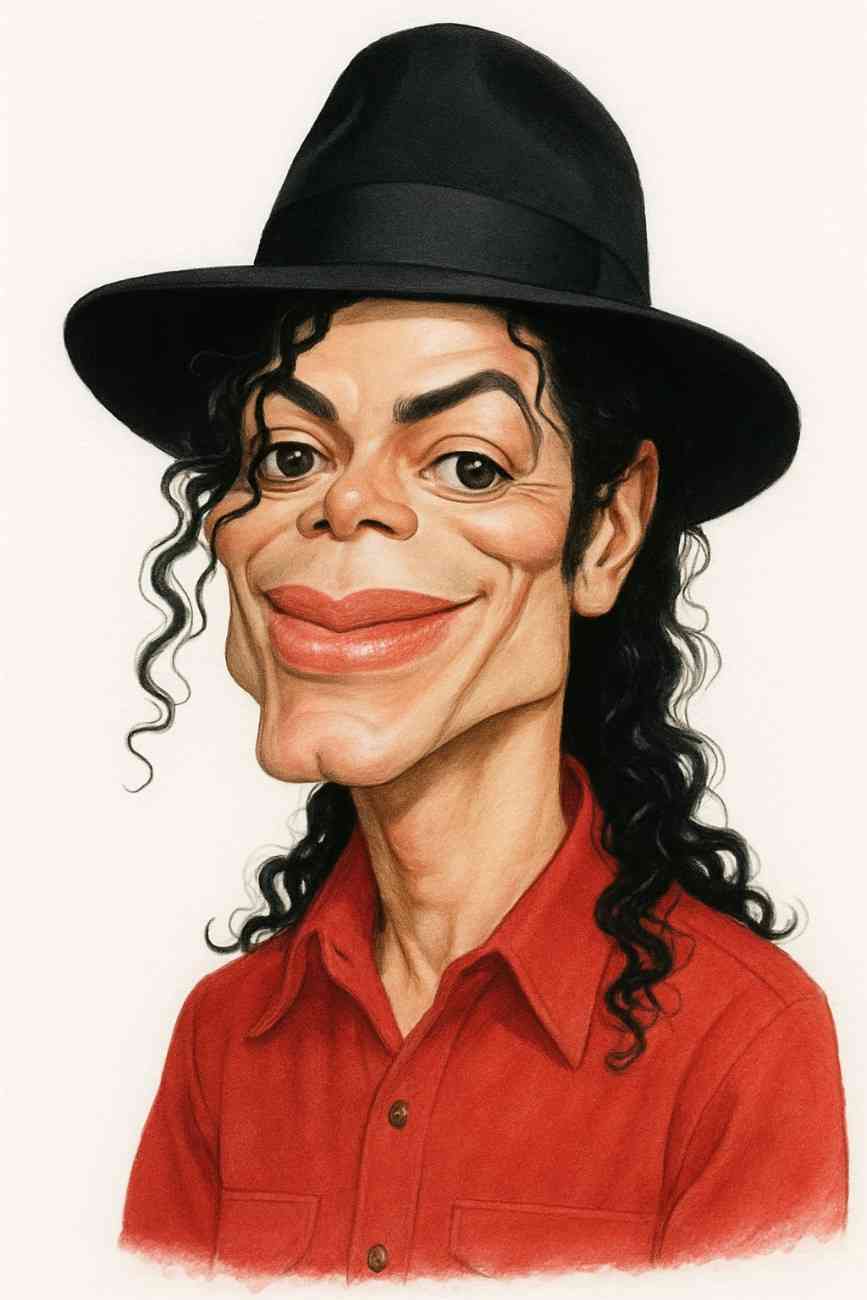The History of Caricatures: A Journey Through Exaggeration, Satire, and Art
Caricatures are one of those fascinating art forms that manage to be both humorous and powerful at the same time. You see them on postcards, in newspapers, at tourist spots, or as hilarious digital avatars online. But have you ever paused to think about where caricatures came from? Who was the first person to look at a human face and decide, “Let’s stretch that nose, enlarge those ears, and shrink everything else”? The story behind caricatures is surprisingly rich, stretching back centuries and intertwining with the evolution of satire, politics, and visual storytelling.
Let’s take a journey through the history of caricatures, how they started, evolved, and ended up being a modern-day tool for humor, critique, and digital fun.
The Origins: Ancient Roots and Renaissance Sparks

Though we often think of caricatures as a relatively modern invention, their roots go way back like, ancient civilization back. Even in Ancient Egypt and Greece, you can find early forms of exaggerated drawings in murals and pottery. These weren’t caricatures in the modern sense, but they did play with visual distortions and symbolic exaggeration.
The word “caricature” comes from the Italian word “caricatura,” which means “loaded portrait.” That term itself gained popularity during the Renaissance. It was in 16th-century Italy where the true spirit of caricature started to take shape. The Bolognese artists Agostino and Annibale Carracci were among the earliest to consciously draw exaggerated portraits as a form of comic entertainment, often poking fun at wealthy patrons or notable figures. Their works weren’t necessarily political, but they laid the groundwork for what was to come.
Caricatures Go Public: 17th and 18th Century Europe

As printing technology improved, especially with the invention of the printing press, caricatures began to move beyond the studios of artists and into the public eye. In 17th-century England and France, caricature became a tool for social and political commentary. Artists like George Townshend and James Gillray became well-known for their biting depictions of political figures, royalty, and social customs.
Gillray, for example, became infamous in the late 1700s for his grotesque, satirical prints of British politicians and even King George III. These weren’t subtle drawings they were bold, hilarious, and often cruel. But they resonated with the public, who could suddenly “see” their leaders being taken down a notch through art. This was social commentary made accessible, visual, and memorable.

Meanwhile in France, Honoré Daumier emerged in the 19th century as a titan of political caricature. His lithographs in publications like La Caricature and Le Charivari skewered the government and the bourgeoisie with razor-sharp wit. Daumier even faced jail time for his works, which tells you just how impactful (and threatening) caricatures could be.
The 19th Century Boom: Caricature as Mass Entertainment

By the 1800s, caricatures were everywhere. Newspapers and magazines began publishing them regularly, especially in Western Europe and North America. With industrialization and urbanization, people craved entertainment and commentary that could make sense of their rapidly changing world. Caricature provided exactly that: a way to laugh at power, question norms, and process complexity through absurdity.
In France, publications like Le Rire became iconic for their vibrant, often risqué caricatures. In the UK, Punch magazine became a household name thanks to its witty illustrations and biting satire. And in the United States, cartoonists like Thomas Nast helped shape the nation’s political discourse through art. Nast’s depictions of Boss Tweed and the corrupt Tammany Hall machine are considered pivotal in turning public opinion against them.
It’s worth noting that during this period, caricature and cartoon often blurred. While not all cartoons are caricatures, most caricatures in this era were published as cartoons, amplifying their reach and impact.
Caricature in the 20th Century: A Tool for War, Protest, and Pop Culture
The 20th century took caricatures to new heights and new mediums. During World War I and II, caricature was a major weapon in propaganda campaigns. Governments used exaggerated portrayals of enemy leaders to galvanize public support and mock opposition. These images were powerful, memorable, and often very controversial.
After the wars, caricature returned to more peacetime commentary, especially in editorial cartoons. Artists like David Low in Britain and R.K. Laxman in India became household names. Laxman’s “Common Man” became a beloved symbol of the everyday Indian’s silent resilience in the face of political chaos.

Caricature also expanded into entertainment. Think about animated shows like Looney Tunes or The Simpsons the character designs often have roots in caricature, with exaggerated features and behaviors. Celebrity caricatures also became popular, with artists capturing famous faces in ways that were instantly recognizable and often hilarious.
The Digital Age: Caricature Goes Viral

Today, caricatures are more accessible than ever. You don’t need to visit a street artist at a fair or flip through a satirical magazine. You can create one with your phone. Apps, filters, and online tools now allow anyone to turn their selfie into a goofy, exaggerated portrait in seconds.
But while the tools have changed, the spirit remains the same. Caricature is still about exaggeration, about seeing things from a distorted but revealing angle. It’s still a way to poke fun, to celebrate, to critique, and to express something unique about the human face and the human condition.
Digital artists on platforms like Instagram, TikTok, and YouTube are reviving caricature with fresh energy, blending it with animation, voiceovers, and humor tailored for modern audiences. Meanwhile, political caricature continues to thrive in editorial sections, memes, and protest posters around the world.
Why Caricatures Still Matter
What makes caricatures endure? Probably the fact that they tap into something very primal, our ability to recognize faces and spot the unusual. When an artist stretches a nose, narrows the eyes, or inflates a forehead, they’re not just being silly. They’re highlighting what makes someone distinct, memorable, and symbolic. Caricature is not just art, it’s commentary, storytelling, and emotion, all rolled into one distorted face.
In a world where attention is short and images move fast, caricature remains a potent form of expression. It grabs you, makes you laugh or think and reminds you that sometimes, a little exaggeration can tell the deepest truths.